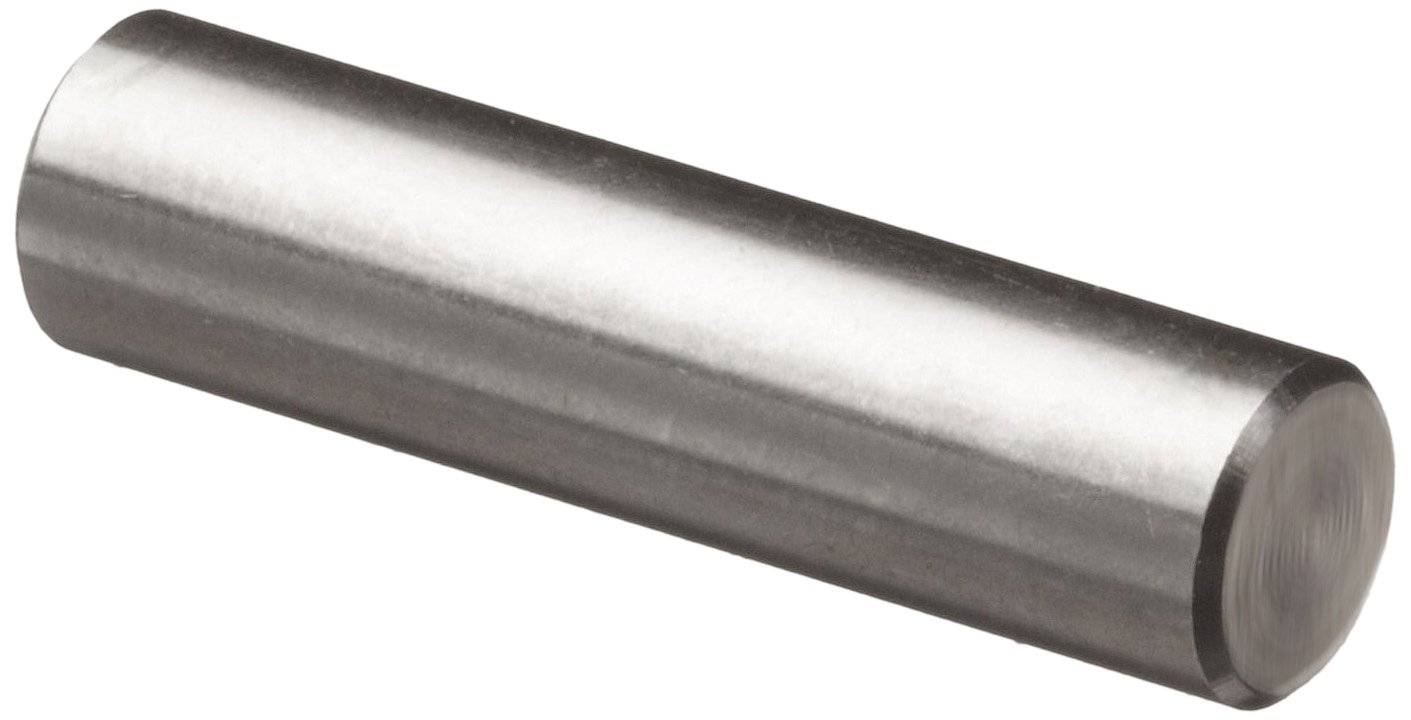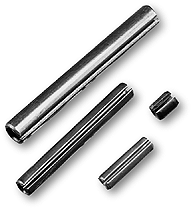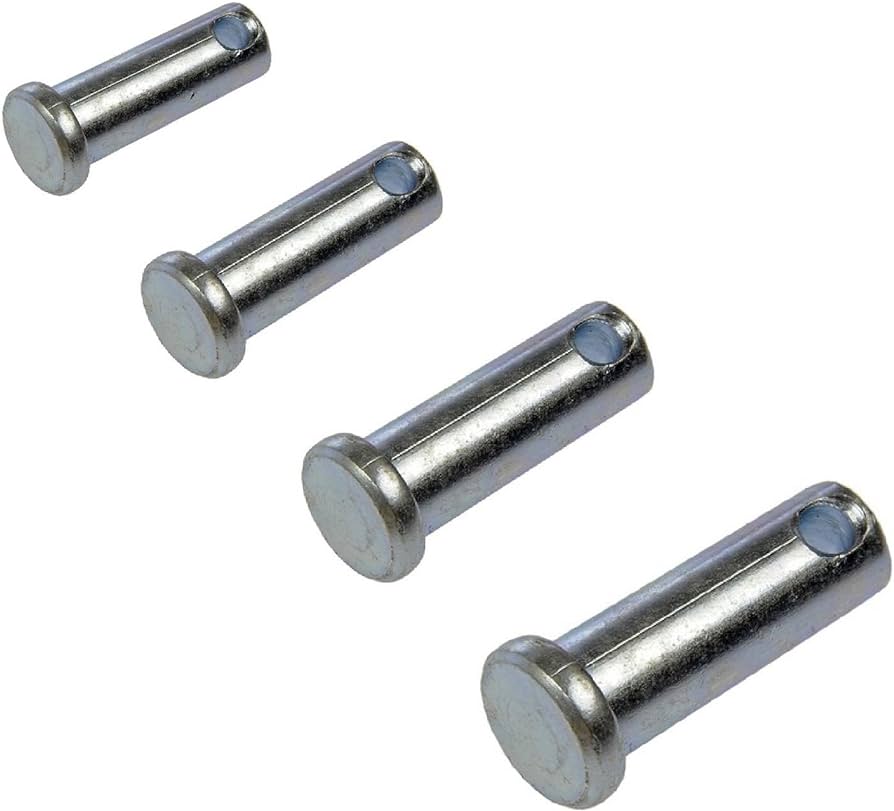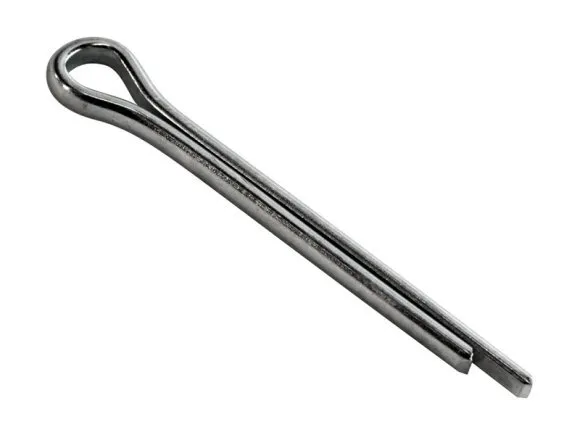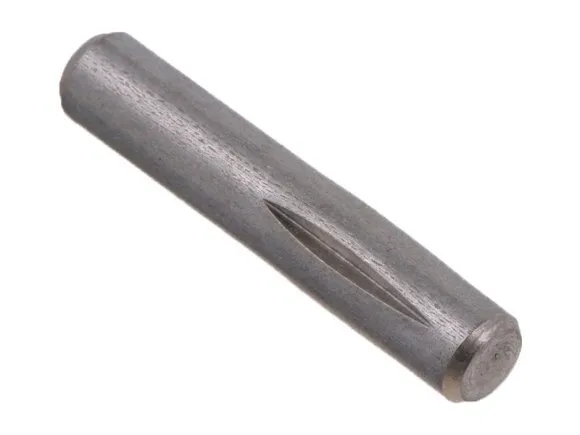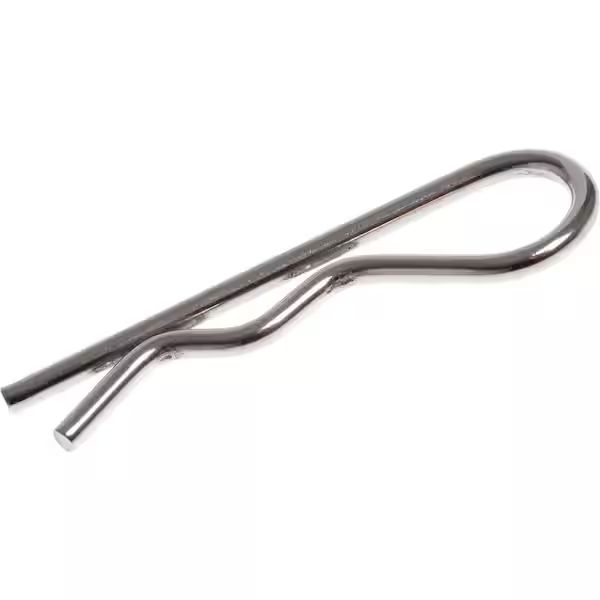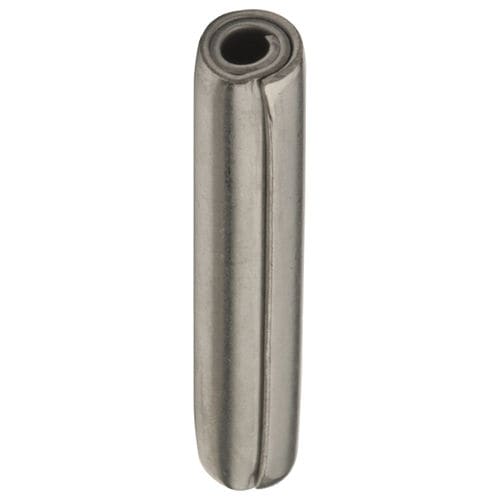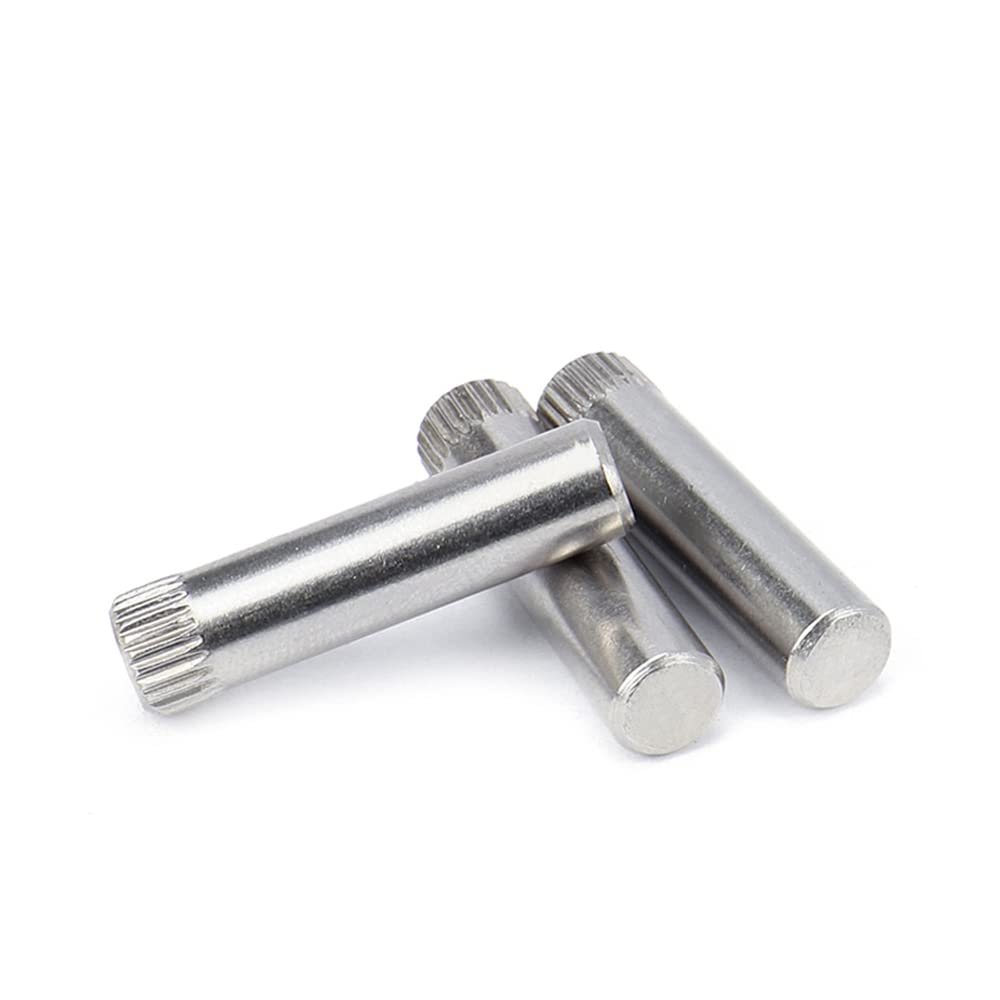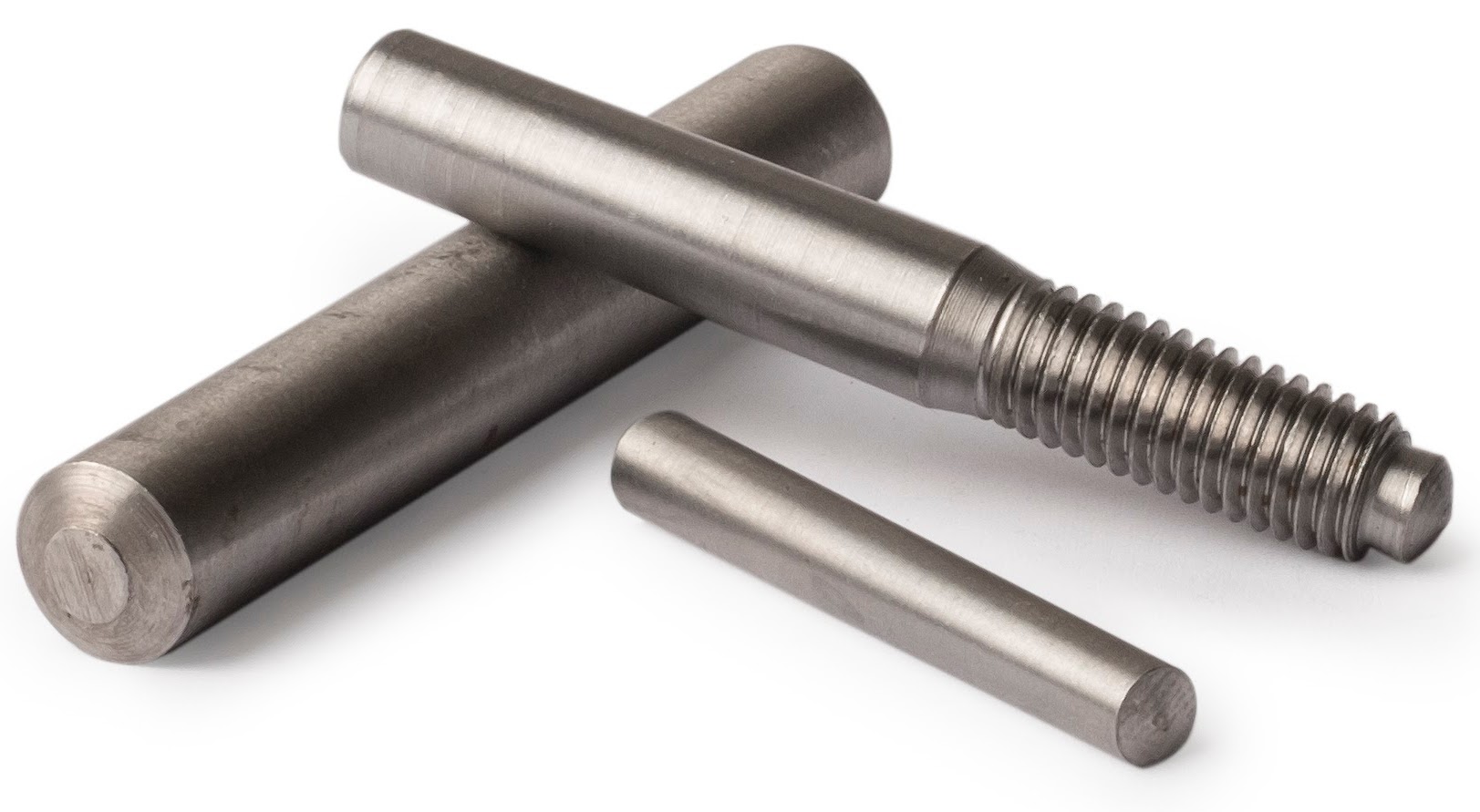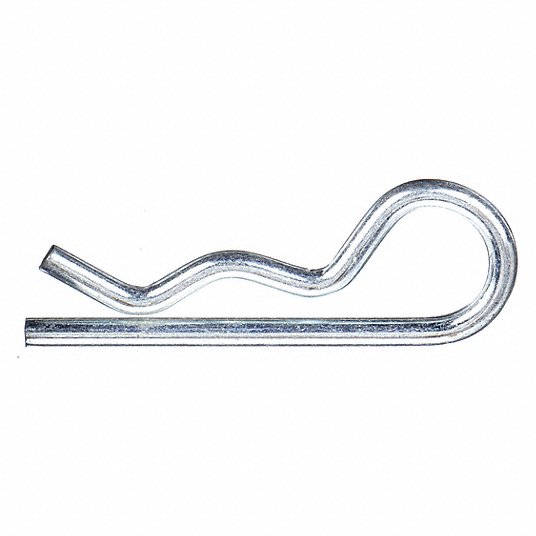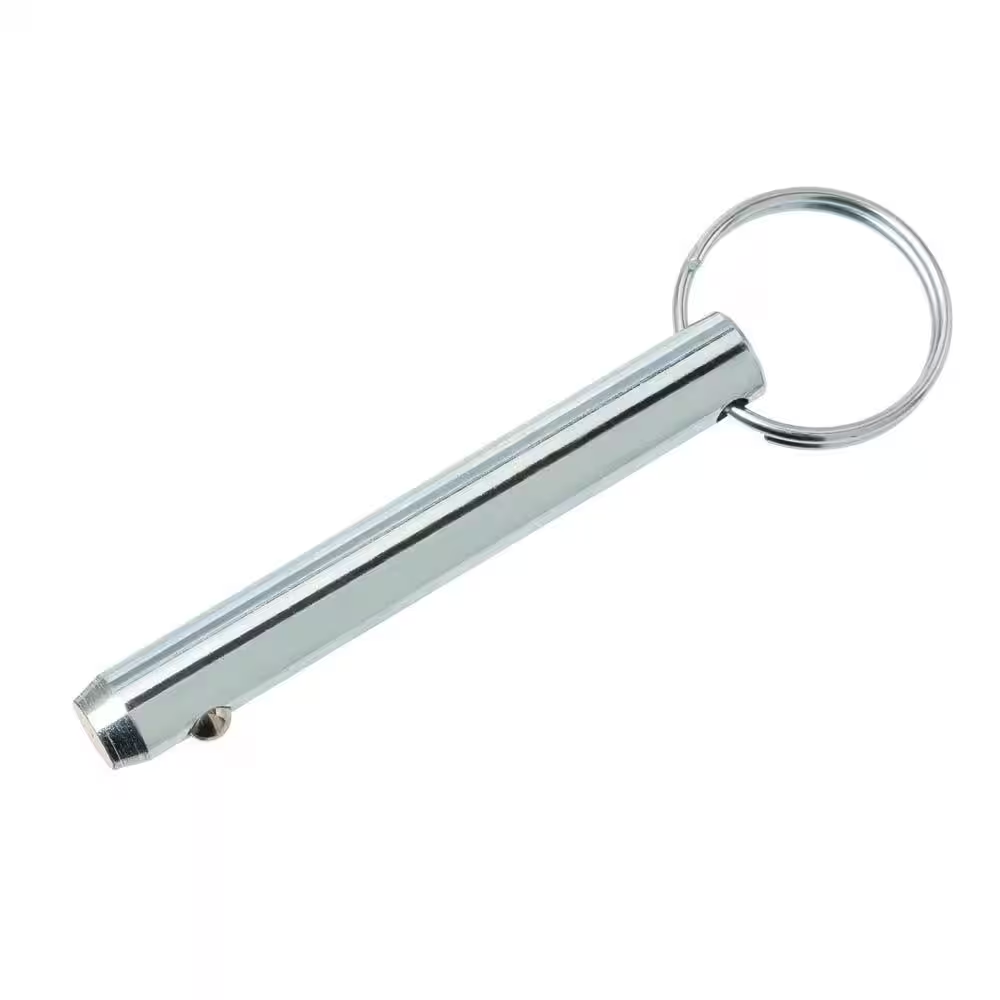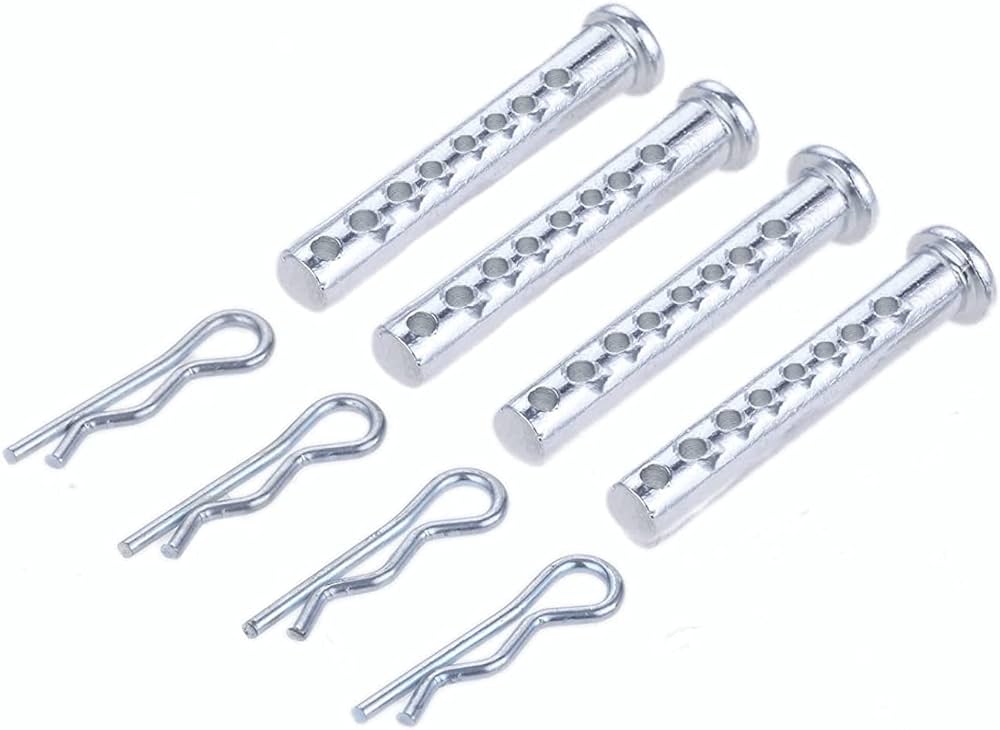Headed or Headless
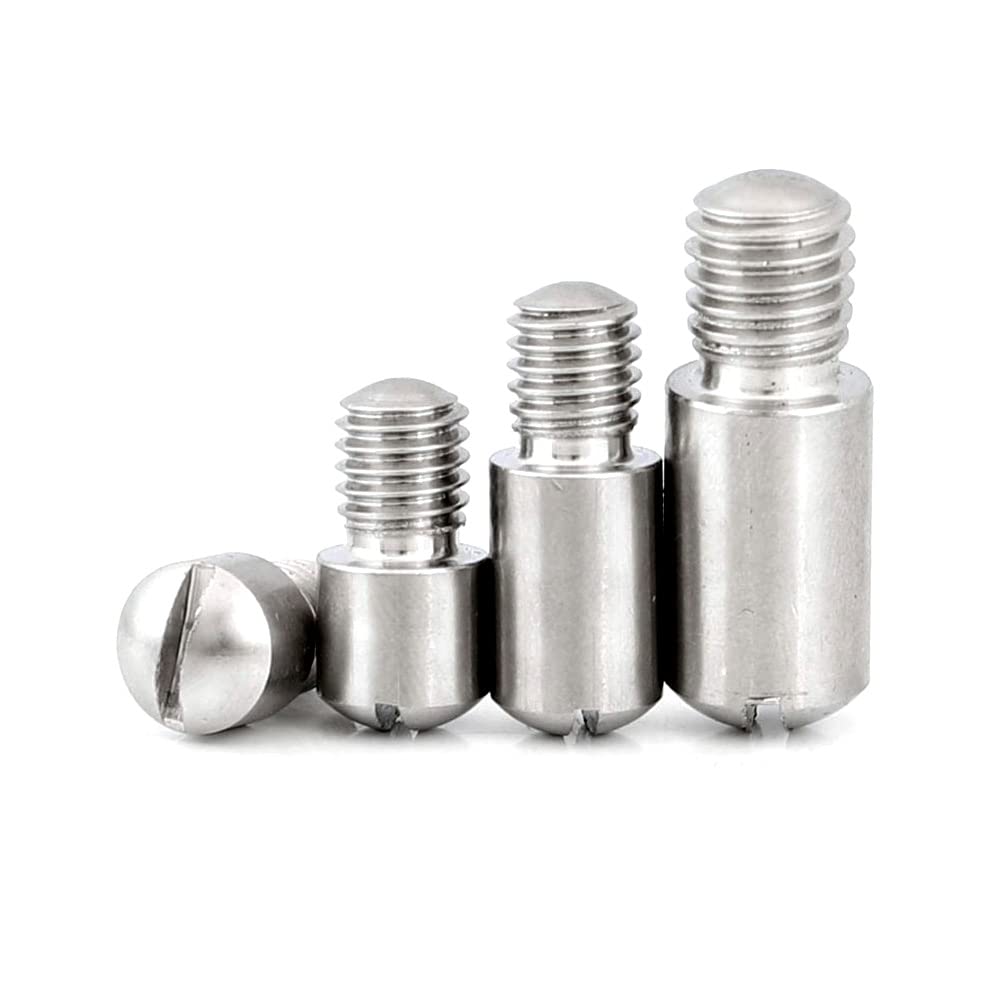
Headed pin fasteners are characterized by a distinct head at one end, which serves various purposes such as acting as a stopper, providing a surface for installation, or acting as a locating feature. These pins are commonly used in applications like hinges, linkages, or where the pin needs to be retained within a specific component. On the other hand, headless pin fasteners lack a distinct head and are typically cylindrical or tapered throughout their length. Used in applications where a flush or recessed profile is desired, headless pins are driven into place using a tool, providing a smooth appearance when joined components need to be flush. Both types of pin fasteners, whether headed or headless, play essential roles in securing and aligning components across diverse industries, offering versatility and adaptability based on specific application requirements.
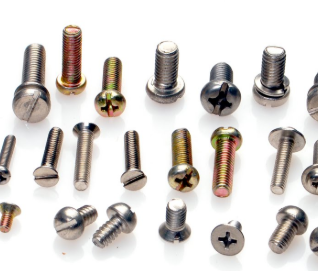 SCREWS
SCREWS
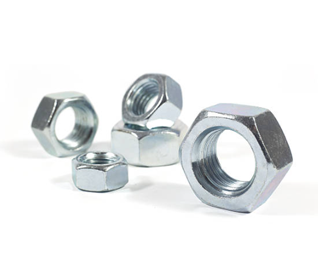 NUTS
NUTS
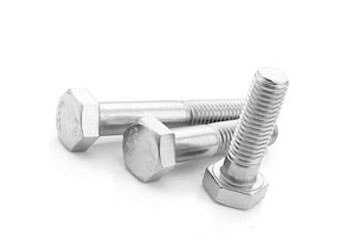 BOLTS
BOLTS
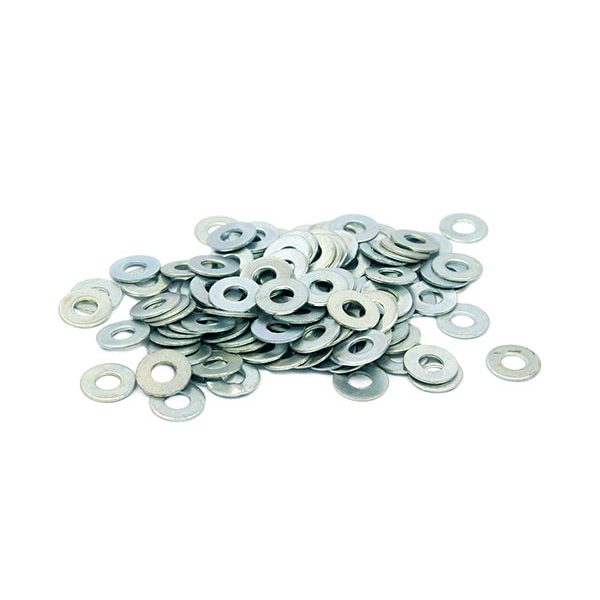 WASHERS
WASHERS
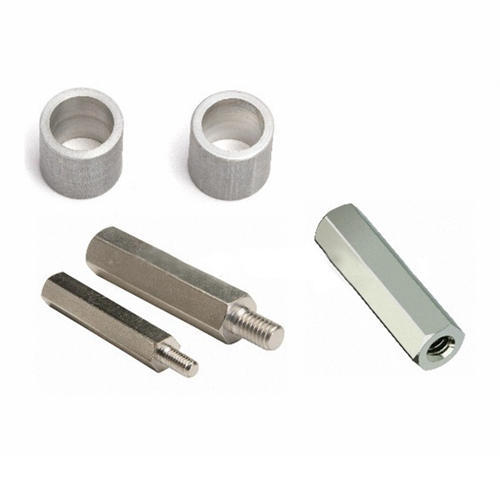 SPACERS & STANDOFFS
SPACERS & STANDOFFS
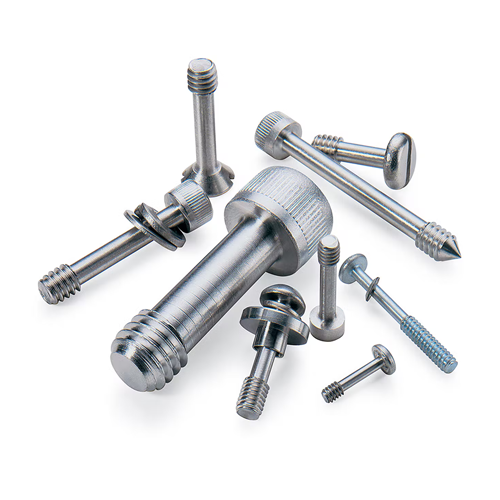 PRECISION/CUSTOM PARTS
PRECISION/CUSTOM PARTS
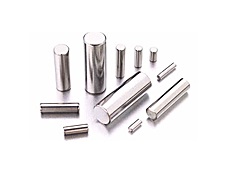 PINS
PINS
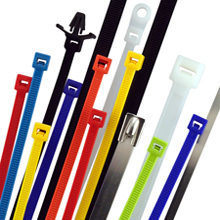 WIRE HANDLING
WIRE HANDLING
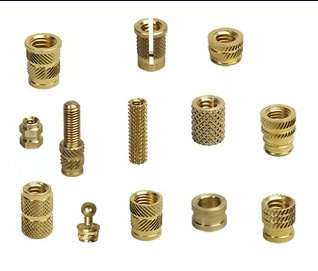 INSERTS
INSERTS
 ANCHORS
ANCHORS
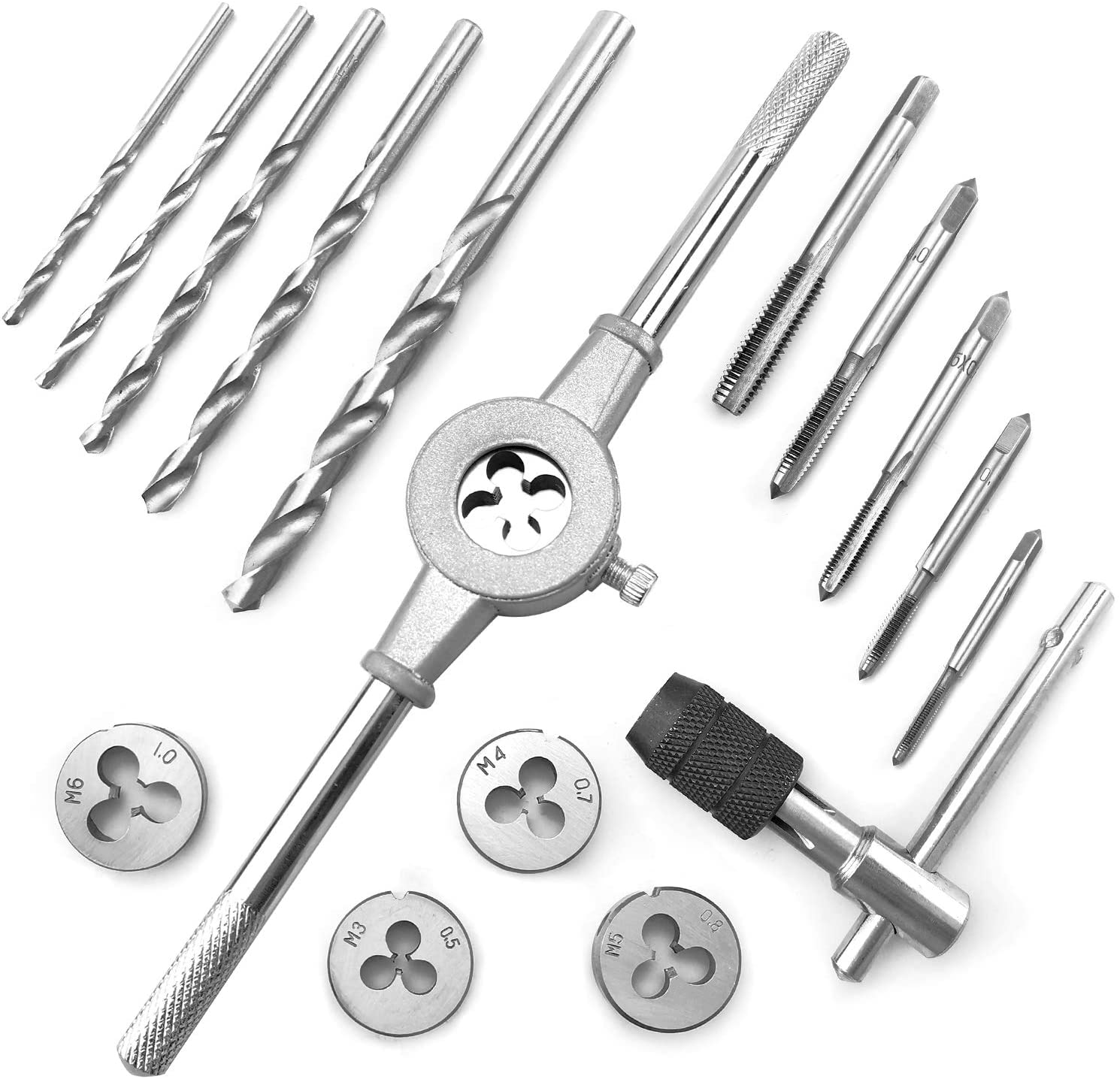 DRILL BITS, TAPS, & DIES
DRILL BITS, TAPS, & DIES
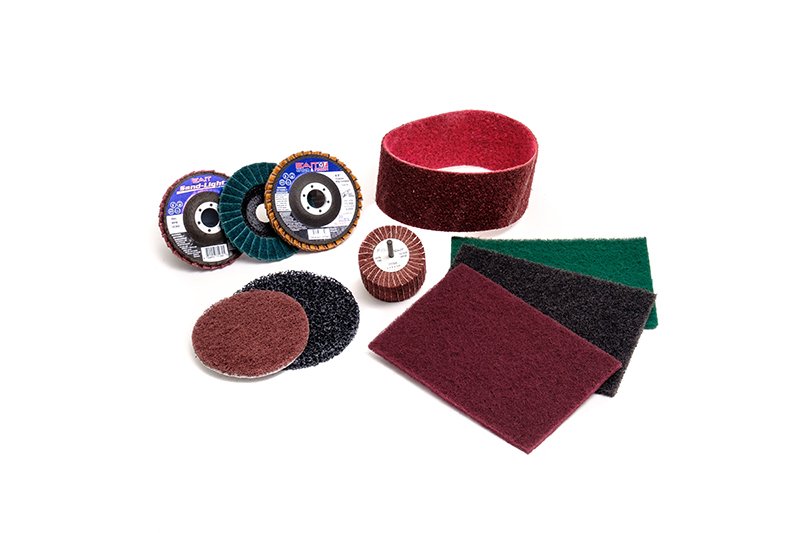 ABRASIVES & SAWBLADES
ABRASIVES & SAWBLADES
 SAFETY EQUIP.
SAFETY EQUIP.
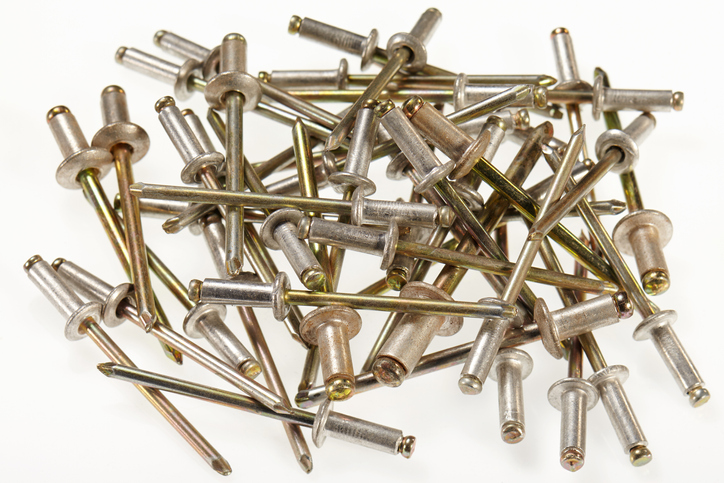 MISC.
MISC.
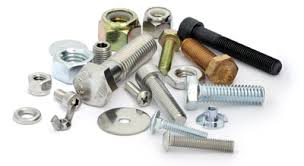 MATERIAL TYPES
MATERIAL TYPES
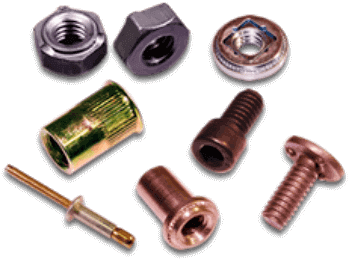 PLATING TYPES
PLATING TYPES
